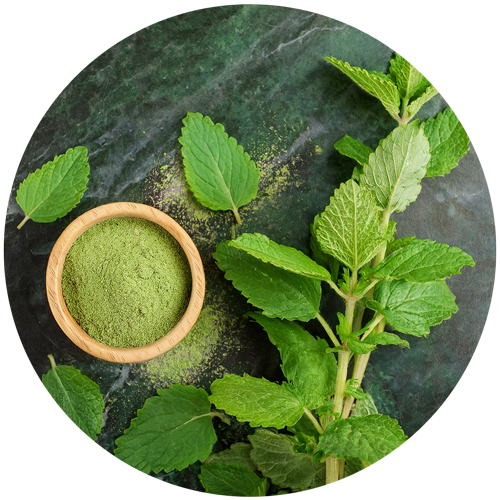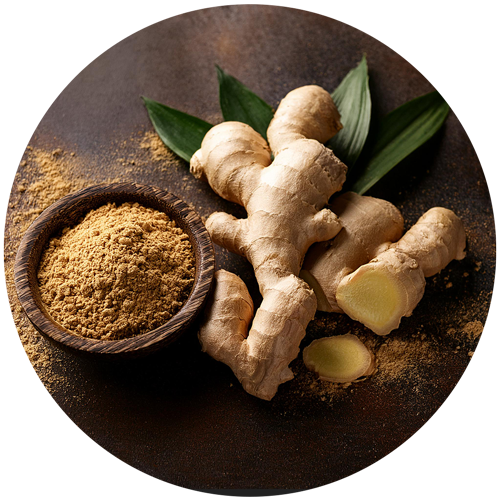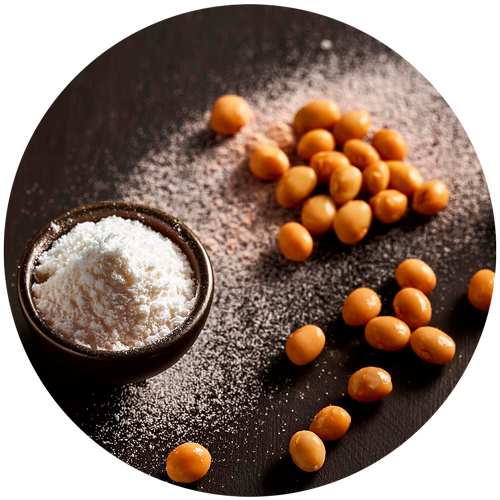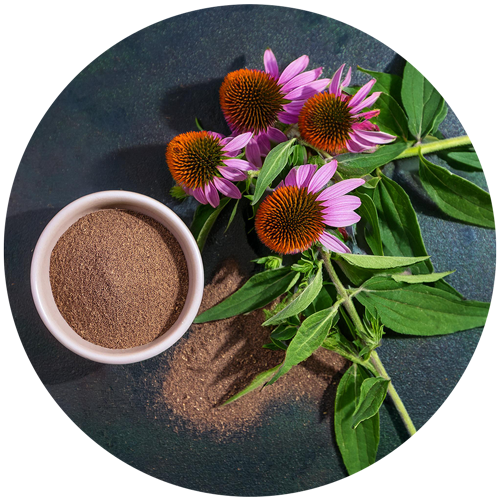

ACEROLA
 Toning
Toning  Nervous system
Nervous system  Immune system
Immune system  Sports performance
Sports performance  Joints
Joints  Antioxidant
Antioxidant  Beauty
Beauty The fruit of Malpighia glabra L., commonly known as acerola or Guarani cherry, comes from a plant native to Central America and widely used in nutraceuticals for its high content of vitamin C (ascorbic acid), polyphenolic compounds (e.g. anthocyanins), carotenoids and pheophytin (chlorophyll derivatives). Read detailed description
Regulations
and analysis
Identification: TLC
No data on traditional use
Plant bylaw file
Association ideas by health axis
Select one or more axes:

Premium
RHODIOLA

LEMON BALM

GINSENG
Panax ginseng C.A. Meyer

Premium
CHONDRO’SEA – CHONDROITINE Sulfate Sodium (marine)
Chondroïtine marine

NETTLE

DEVIL’S CLAW

GINGER

GUARANA

Premium
Nattiase: for normal blood circulation.

PURPLE ECHINACEA

Premium
Res’vine: an extract titrated with resveratrol for overall well-being!

Detailed description
Malpighia glabra L., also known as acerola or Guarani cherry, is native to the warmer regions of Central America. Brazil is the world’s leading producer, consumer and exporter. The acerola fruit grows on a small evergreen tree with oval green leaves, cultivated as a hedge plant, but also as a fruit tree (red, similar to cherries).
The acerola fruit has a wide range of biochemical properties, which are the result of its richness in nutrients and secondary metabolites, particularly ascorbic acid (Vitamin C), its main organic acid. It can contain up to 80 times more ascorbic acid than citrus fruits. For this reason, consuming acerola can provide a powerful boost to the immune system, increasing lymphocyte numbers and activity, boosting energy and energy metabolism, and supporting the antioxidant system. What’s more, thanks to their vitamin C content, these berries can help improve psychological and cognitive functions, as well as contributing to the normal biosynthesis of collagen, which plays a part in joint and bone health, and skin elasticity.
Acerola also contains high levels of β-carotene, polyphenolic compounds such as anthocyanins and hydroxycinnamic acids, quercetin and catechin.

